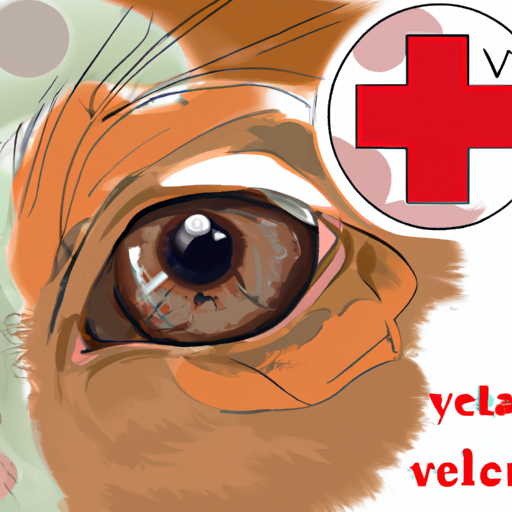Dogs are not just pets, they are family. As a caregiver, you’ve probably come across various health conditions that can affect your furry friend. One such condition is the “cherry eye.” This article will delve into what cherry eye in dogs is, its causes, symptoms, treatment options, and prevention.
What is Cherry Eye?
Cherry eye, medically known as ‘prolapse of the nictitating membrane,’ is a condition common in young dogs, where the third eyelid’s gland protrudes and becomes visible. This gland, which is usually hidden, looks like a red or pink mass in the corner of the dog’s eye, resembling a cherry—hence the name.
Causes of Cherry Eye
While the exact cause of Cherry eye is unknown, it’s generally believed to be a hereditary condition that affects the connective tissue around the dog’s third eyelid. This results in the gland slipping out of place. Breeds often affected include:
- Bulldogs
- Beagles
- Boston Terriers
- Cocker Spaniels
- Shih Tzus
Symptoms and Diagnosis
The most noticeable symptom of Cherry eye is the red, swollen, cherry-like mass in the corner of your dog’s eye. Other signs include:
- Persistent eye discharge
- Pawing at the eye
- Partial or complete closing of the eye
- Change in the dog’s behavior due to discomfort
Diagnosis is usually straightforward. Your vet can confirm the condition through a physical examination.
Treatment Options
Three primary treatment options exist for Cherry eye:
-
Massage and Topical Ointments: This non-surgical approach involves massaging the gland back into place and applying a topical steroid to reduce swelling. However, this method is typically effective only in the early stages of the condition.
-
Surgical Replacement: This involves surgically tucking the gland back into its normal position. It’s the most recommended method as it preserves the gland’s function and prevents dry eye.
-
Gland Removal: This is the last resort when other treatments fail. However, it can lead to chronic dry eye, requiring life-long treatment.
Prevention
Prevention is challenging since Cherry eye is often hereditary. However, early detection can prevent complications. Regular vet check-ups and immediate consultation when you notice symptoms can go a long way.
| Prevention Measures | Effectiveness |
|---|---|
| Regular vet visits | High |
| Breeding selection | Medium |
| Prompt treatment | High |
Frequently Asked Questions (FAQs)
Q: Is Cherry eye painful for my dog?
A: It can cause discomfort, but it’s not typically painful. However, if left untreated, it can lead to more serious issues.
Q: Can Cherry eye go away on its own?
A: Occasionally, the condition might resolve on its own, but it’s always advisable to seek veterinary care.
Q: Can Cherry eye be prevented?
A: Since it’s often hereditary, prevention can be challenging. Regular vet check-ups can help catch the condition early.
Q: Is Cherry eye a life-threatening condition?
A: No, it is not life-threatening. However, it can lead to complications if not treated in time.
Remember, the health of our pets is in our hands. Understanding conditions like Cherry eye and seeking prompt medical attention can ensure your furry friend lives a happy, healthy life.



